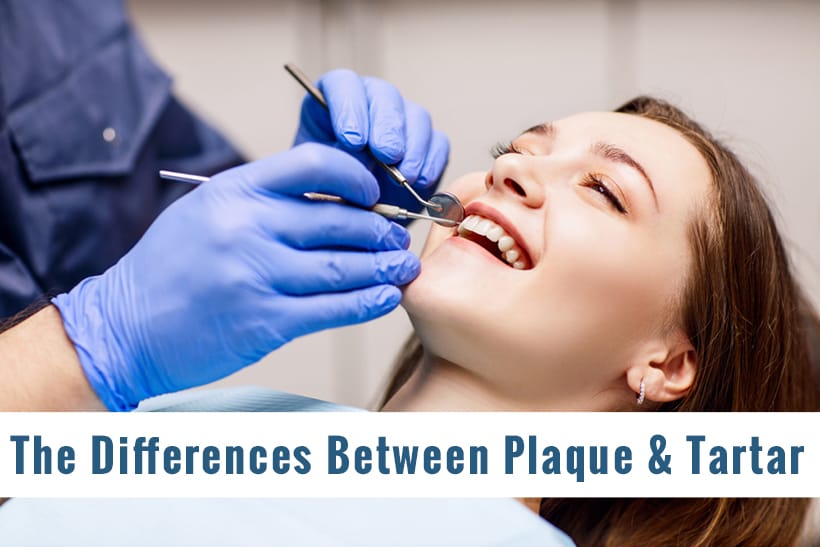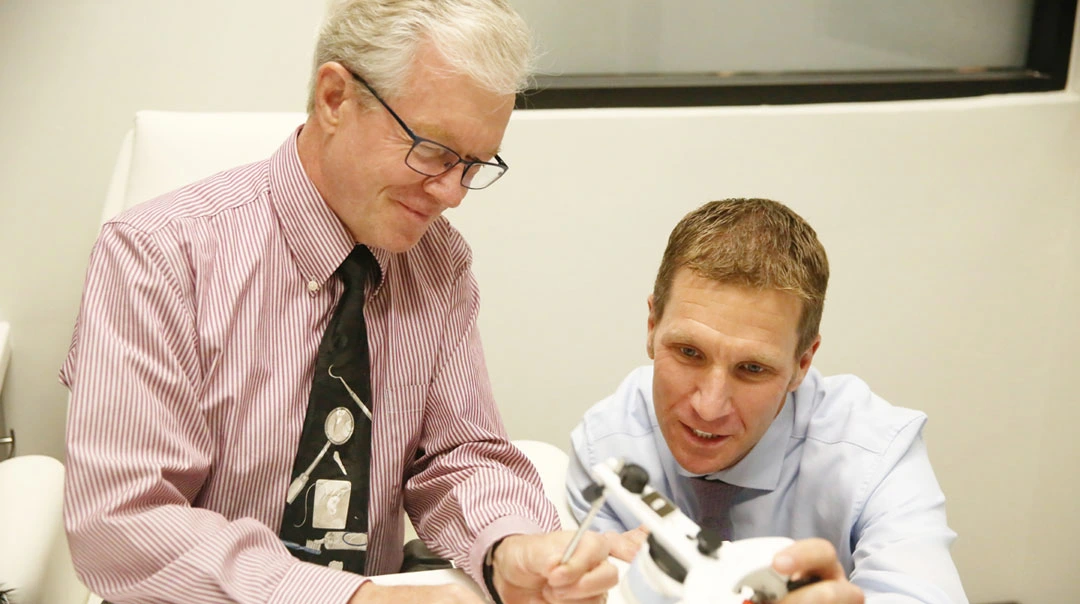
Have you ever left your dentist’s office wondering why your teeth feel cleaner after your dental cleaning than they do after you brush and floss them at home?
The reason for this has much to do with the difference between plaque versus tartar. Some people think that these two terms are of the same meaning, but there is actually much that differs between them! Understanding this difference can be helpful in making sure you are giving the best care to both your teeth and your gum tissue.
So, What Is Plaque?
Plaque is the soft deposit that forms on teeth. Plaque is made up of many kinds of bacteria and it begins forming just minutes after brushing. This bacteria produces acid as it feeds on any food and sugar particles that are consumed. With time, this acid can lead to cavities forming in teeth. The bacteria in plaque are also responsible for causing inflammation in gum tissue. If not taken care of, the inflammation can progress to periodontal disease, also known as gum disease.
The good news about plaque is that because it is soft, it can be removed by good home care. Routine brushing and flossing can remove these soft deposits and if removed on a daily basis this will help to prevent it from turning into tartar buildup. Also, plaque can easily be removed during a dental cleaning with the polisher and prophy paste.
You may notice plaque on your teeth when you rub your tongue over your teeth. Plaque often feels like a fuzzy layer on your teeth. When this layer is brushed off, your teeth will be feeling smoother again. While plaque is often clear in color, it can become a darker yellow-orange color if left on the teeth for a longer period of time.
What Exactly Is Tartar?
Tartar, also referred to as dental calculus, is the hard deposits that form on teeth. When the soft plaque mixes with the minerals that are in saliva, it becomes mineralized. Once this deposit has become mineralized or hardened, it is called tartar buildup. When it reaches this point, it can no longer be removed by brushing or flossing. It is now something that must be removed, usually scraped or chipped off, by a dental professional.
Tartar can build on any surface of the tooth. It can form both above and beneath the gums. Common areas where it builds is near salivary glands which are located underneath the tongue and in the upper cheek areas.
When tartar forms, it creates a rough surface on the tooth. This makes keeping the teeth clean even more challenging. This rough surface can harbor more plaque and bacteria and cause more problems with the gum tissue. Tartar can also irritate gum tissue and lead to problems such as gum recession.
How quickly tartar forms vary from person to person. Everyone is unique in how many minerals they have in their saliva and how well they are following through with their home care regime. Some people build up significant amounts of tartar in 6 months’ time and some build very little. Moderate to heavier tartar buildup above the gum line is usually visible to the naked eye. It often appears yellowish in color but tartar under the gum tissue appears dark or almost black in color.
It’s important to remember that the best ways for keeping your teeth and gum tissue healthy is to brush and floss daily at home. This mechanical action will help to remove plaque and prevent tartar from forming. Any tartar that has formed on your teeth should then be removed by your hygienist every 6 months to help keep your teeth and gum tissue healthy. Seeing your hygienist on a routine basis is important as they will also check the health of your gum tissue and your dentist will do a routine exam and check for any signs of cavities.
Do you have your next dental cleaning scheduled with your hygienist? If not, let’s get you scheduled! Call your St. George dentist office today at (435) 673-3363 or schedule an appointment online. We’re looking forward to seeing you in our office!



Leave a Reply